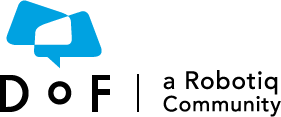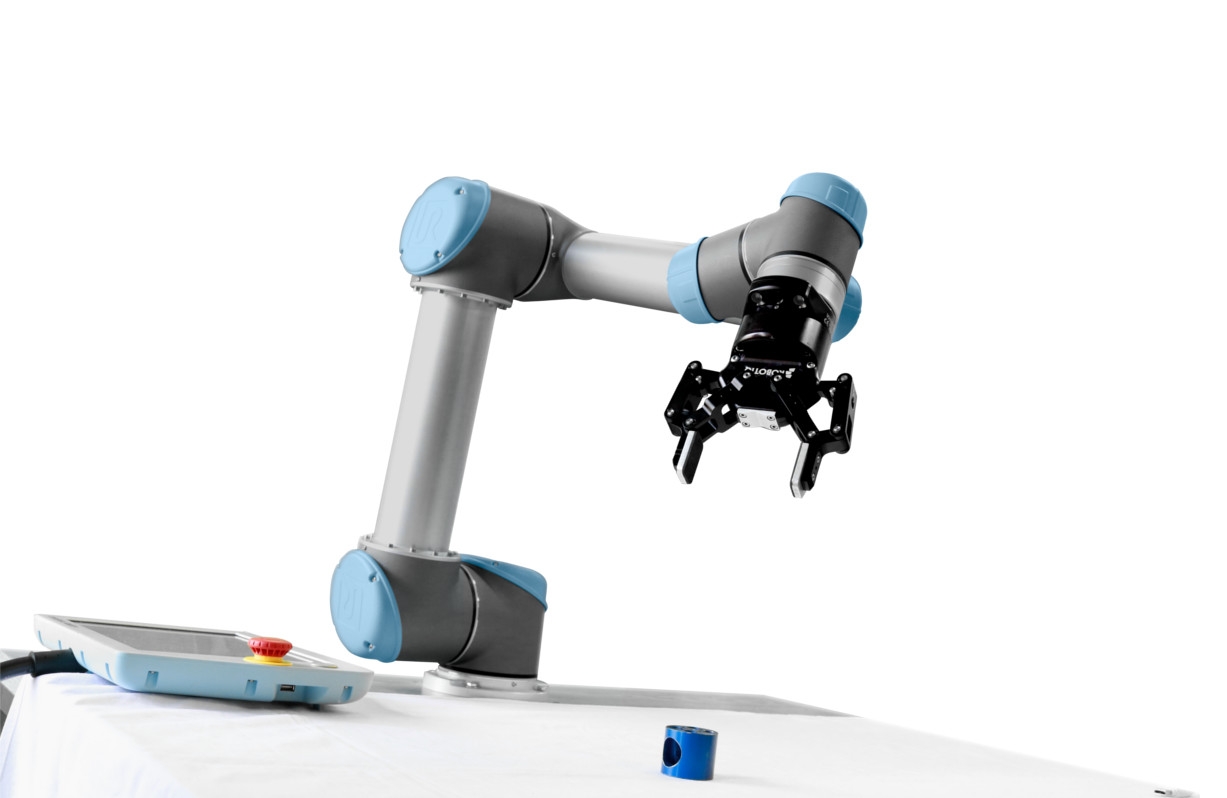@PaulKeeling I assume you mean mounted so that the locating hole is not lined up with the one on the flange?
My guess is that the offsets (relative moves) under the camera locate node will all be wrong because the axes being commanded do not line up physically with the way the camera is mounted. Same as the force torque sensor. If it is mounted incorrectly it will report forces along the wrong axes.

The Dof Community was shut down in June 2023. This is a read-only archive.
If you have questions about Robotiq products please reach our support team.
If you have questions about Robotiq products please reach our support team.
 Grady_Turner
Grady_Turner
 Alexandre_Pare
Alexandre_Pare
 JeanPhilippe_Jobin
JeanPhilippe_Jobin
 LouisAlexis_Demers
LouisAlexis_Demers

Hi,
I was wondering how does the camera handle different mounting positions?
Cheers,
Paul